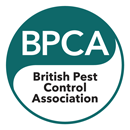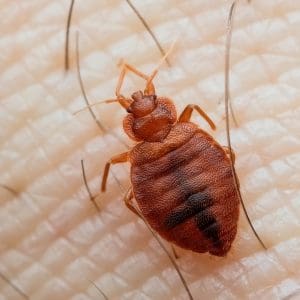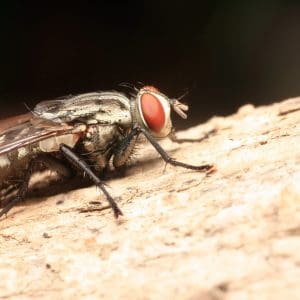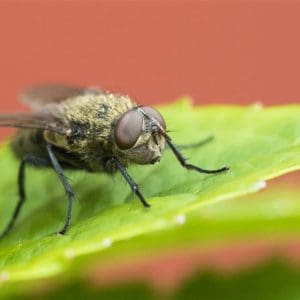Gull & Seagull Facts
Gull species can live for up to 25 years and, unlike other pest bird species, they lay relatively few eggs each year.
The nesting season begins around April or May, with gulls laying a single clutch of eggs, typically between 2 and 3 chicks. Once the eggs have hatched, their behaviour becomes extremely aggressive towards anything they view as a threat, posing a direct public health risk. As gulls have poor depth perception, they may see people a few storeys below as being right next to their nests and thus act to protect their chicks.
Having gulls on your property can be a health hazard as they spread diseases such as E-coli and Salmonella. These are transmitted through their droppings, which also deface buildings, pavements, and entrances.
Gulls can cause damage to property by pecking at roofing materials, insulation, or causing blockages in gutters and drains with nesting materials. Look for signs of structural damage or debris caused by gulls.
If you encounter any of these signs, it may be worth considering appropriate measures to address the gull problem, such contacting us, we are pest control professionals who specialise in bird management.






